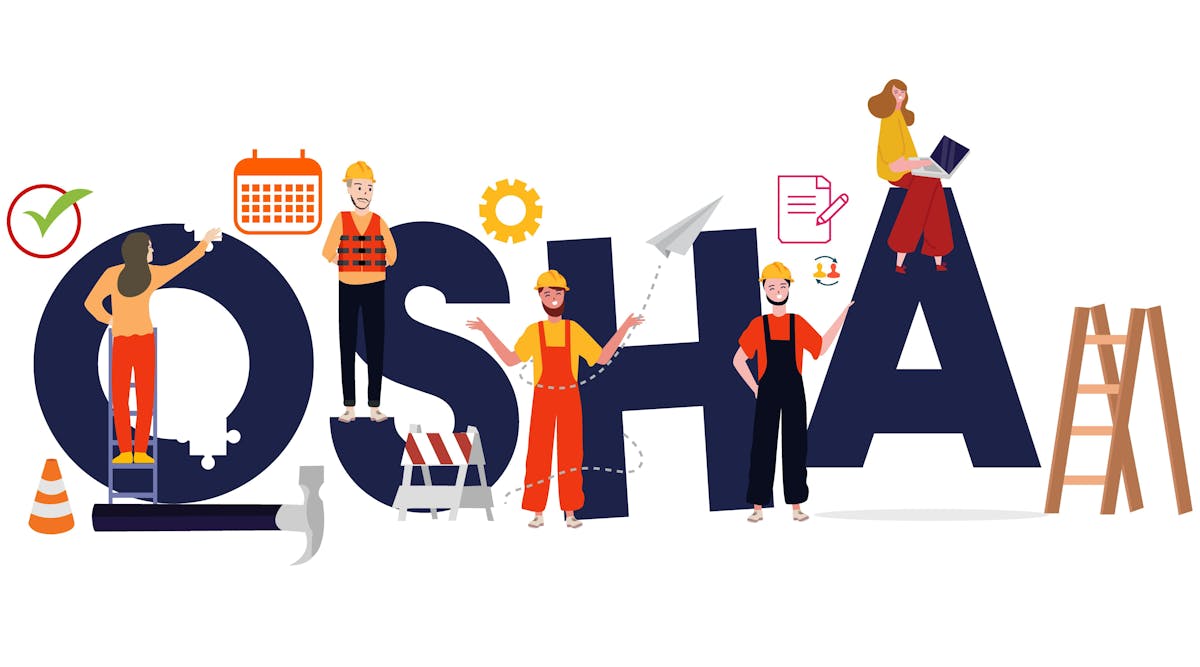A new exercise is in town. And this one you can do at work.
It's called micro-exercise, and it is defined as performing “simple and brief strengthening exercises designed to strengthen the primary muscles used while working.”
A study published in Nature showed that doing these exercises during working hours may help prevent long-term sickness absences.
The Denmark-based study, from the National Research Center for the Working Environment, surveyed more than 70,000 employees who hadn’t had a long-term sickness absence in the past 12 months between 2012 and 2018. They used the definition of long-term sickness absence as missing work for at least 30 days and up to two years.
The research concluded that 12.8% of such absences before follow-up could have potentially been prevented had all respondents used micro-exercise.
An interesting aspect of the study was that the same effect was not realized if exercises were done after hours.
For this study, the exercise they used was 10-15 minutes with elastic resistance bands performed three times a week during work hours.
From a business perspective, according to an analysis done by the National Safety Council, although long-term sickness absences account for three-quarters of total absence costs – including sickness benefit payments, lost productivity, lost earnings and potential loss of paid employment – they constitute only a third of all lost working days.
Therefore, this form of exercise, which increased from 2012 to 2018, represents an opportunity for public health promotion, the authors of the study note. Given the fact that often workers are "unable to find the time and motivation to do regular physical exercise during leisure time," they can perform micro-exercise together with their colleagues at the workplace instead. Furthermore, the authors say that other benefits from this at work exercise are "likely to be multifactorial in nature, including both physiological, psychological and social factors."















































































